
“Insert coins! Insert coins!” The blinking neon words flash across the screen in front of a man—languid and homeless, with empty pockets and multiple debt counts—staring at the empty slot machine in a smoky casino in Las Vegas.
A glittering metropolis in the Mojave Desert enticing highway passerby’s with the promise of easy money, ritzy hotels and loose women, Las Vegas has been famously immune to past national economic trends. That was until the latest recession. With nearly 14% unemployment, one in seven vacant homes across the state, and even running out of drinking water, the city had become the foreclosure and unemployment capital of the nation. Sin City’s glittering facade was flaking at the surface.
“I came at the peak of the crisis,” says Christian Lutz, a Swiss photographer who arrived in the winter of 2011. “The situation would not leave me alone. I had to photograph it.”
Lutz returned each summer for three years, roaming the sleepless city for up to ten hours at night to capture the underbelly of this sparkling mirage. His new book, Insert Coins, presents those affected by the economic downturn. Some try their luck working in casinos, while others attempt to break into the entertainment industry. Both cases often lead to a dry spell that sends them in the streets, where many dress up in an attempt to pocket some extra dollars. Others collapse into indifference.
“The system feeds rejection,” Lutz says. “It tells you that you can always make yourself: If you get a few coins or dollars from begging, you drop it into a slot machine and you might get back on track again. This promise that you can find an alternative route to wealth is very powerful, but it’s an illusion. There is no shortcut to the American Dream.”
Lutz’s images reveal the post-apocalyptic-like scene: A couple covered in peeling gold paint sleeps on the concrete ground; Two character costumes are discarded for the night alongside beer and leftover food; a man wrapped in a first aid blanket wanders beneath massive retouched billboards.
“Sometimes I was among them, asking questions,” he says. “Other times, I stepped back and simply observed. Most people didn’t notice me, but many saw my camera as a chance to express themselves because in a way, that’s all they had left.”
Captionless by choice, Lutz’s work is intentionally ambiguous. “I love the silence,” Lutz says. “Today there’s too much talking, too many images, too much sound, too many speeches. I’m more interested in driving my audience to feel something rather than understand it. I respect photojournalists who offer the facts, but I am personally much more interested in the subjective and suggestive of an image.”
Christian Lutz is a Swiss photographer and member of Agence VU photo agency. The Insert Coins book is available through André Frère Éditions.
Rachel Lowry is a writer and contributor for TIME LightBox. Follow her on Twitter and Instagram.

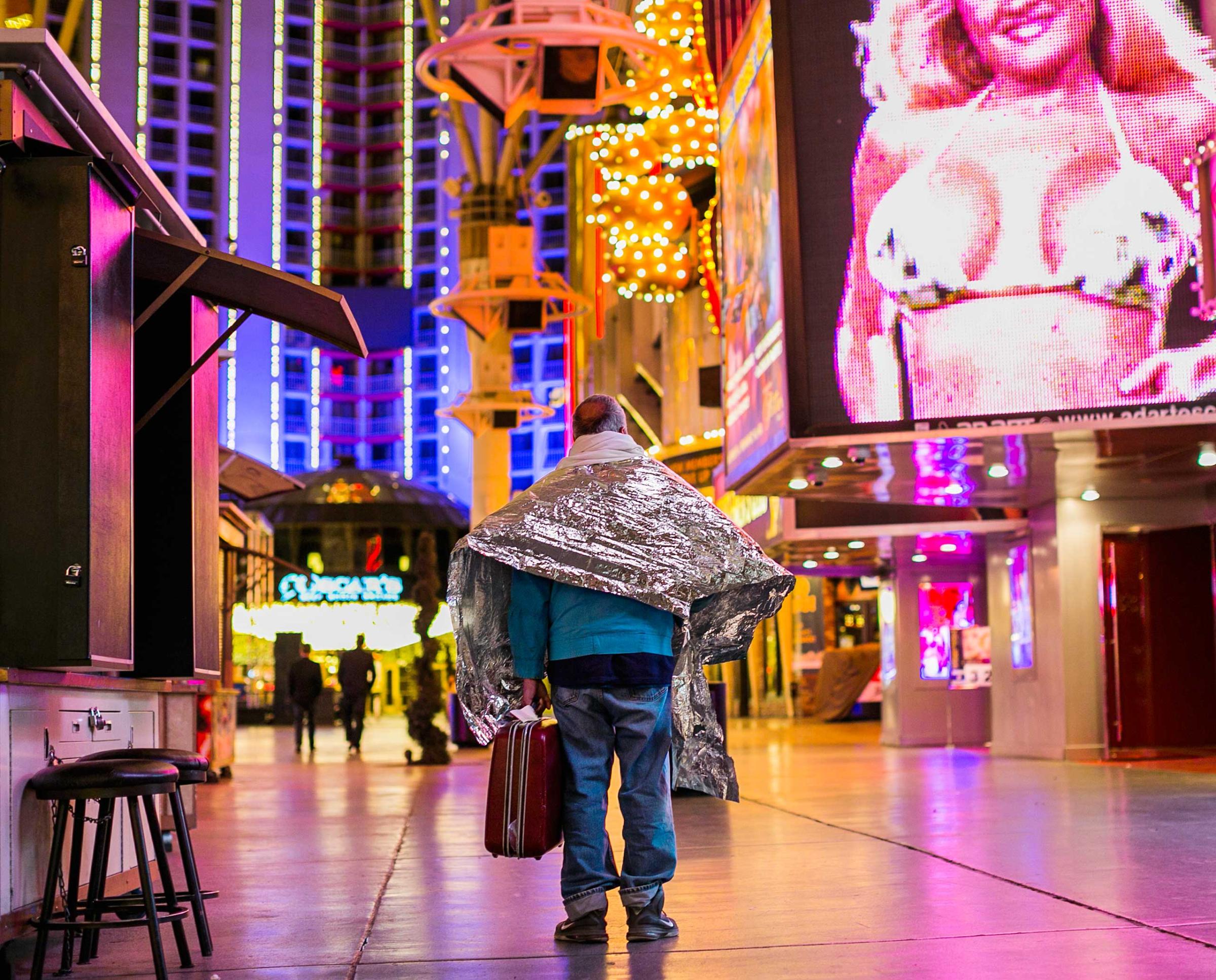
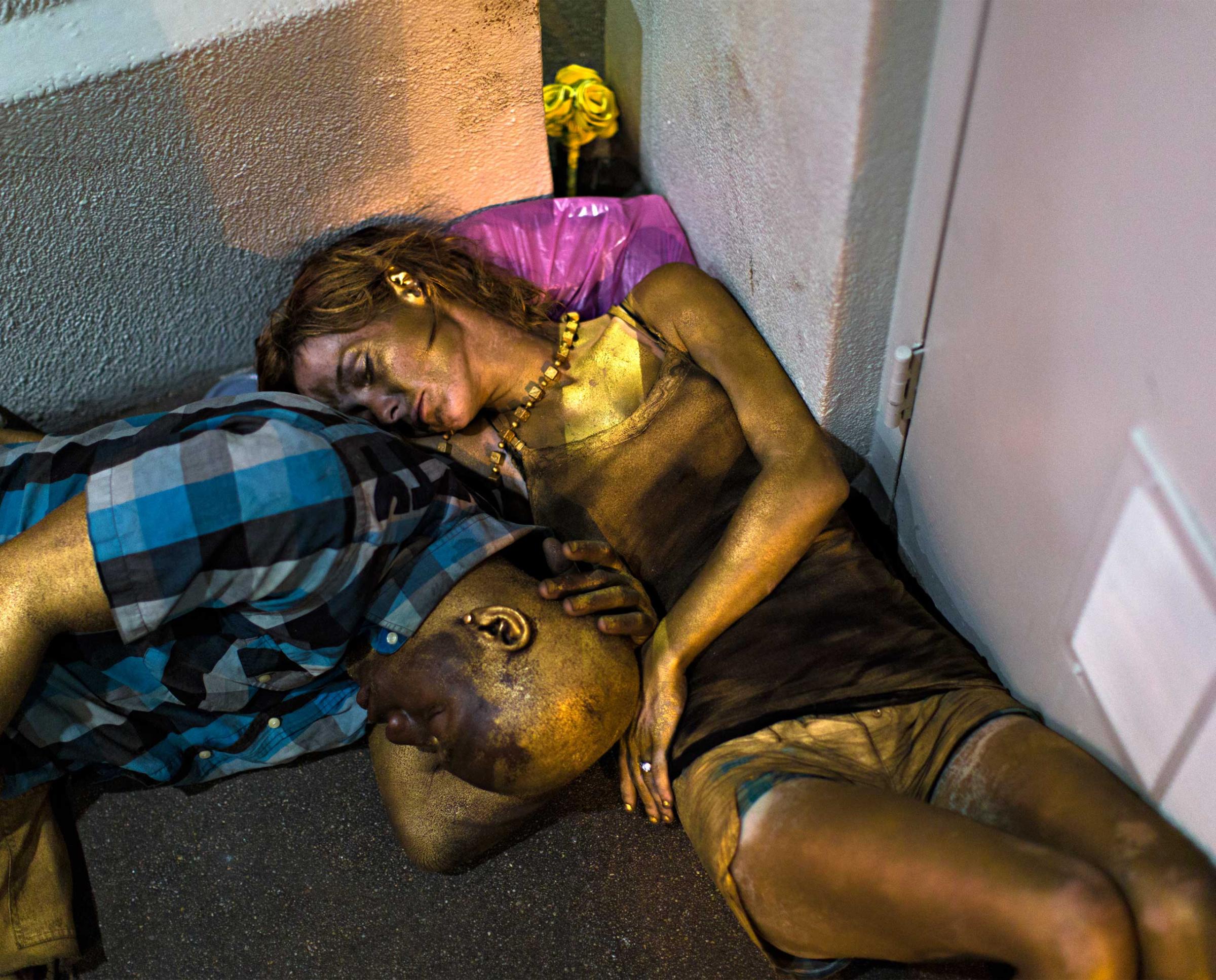
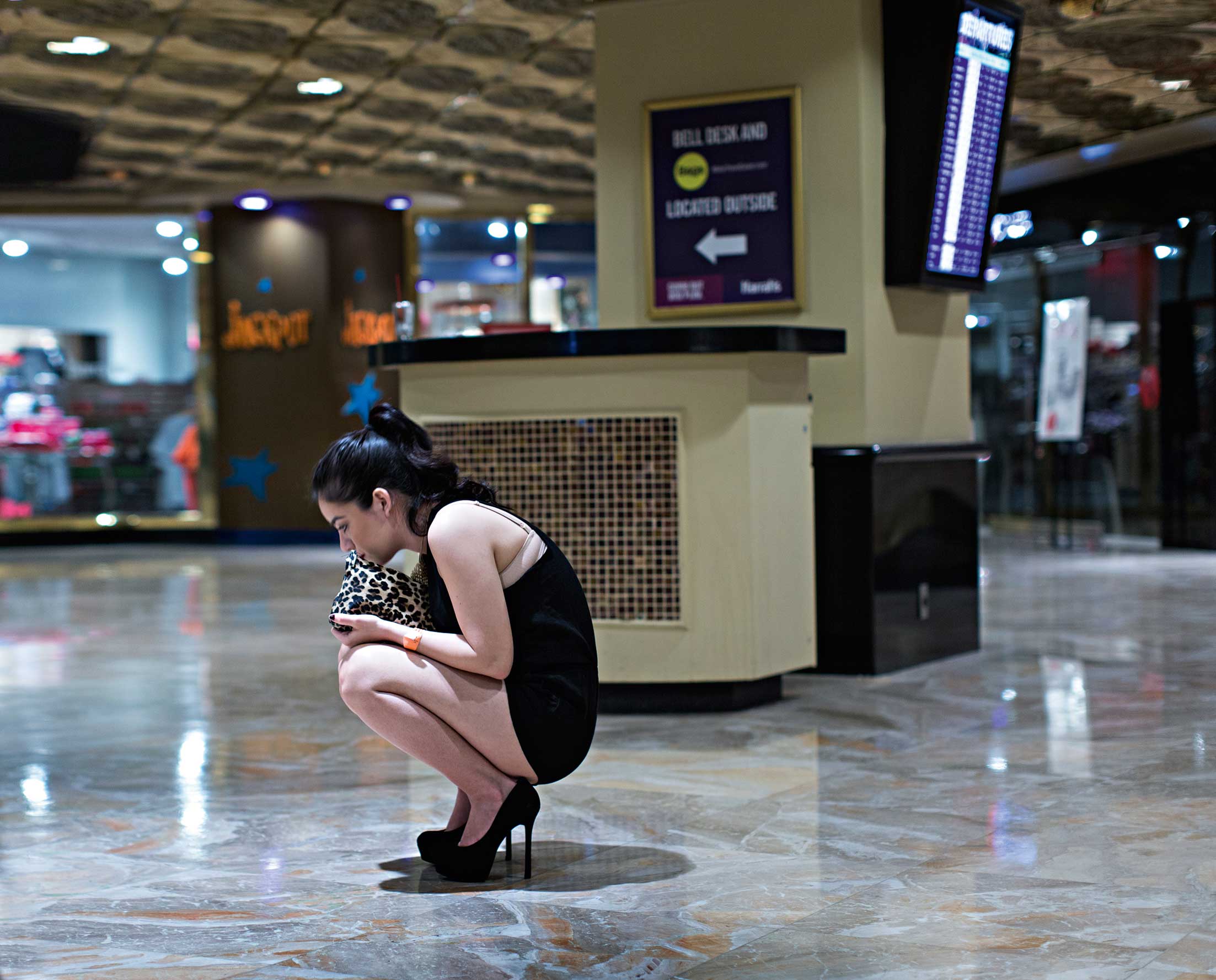
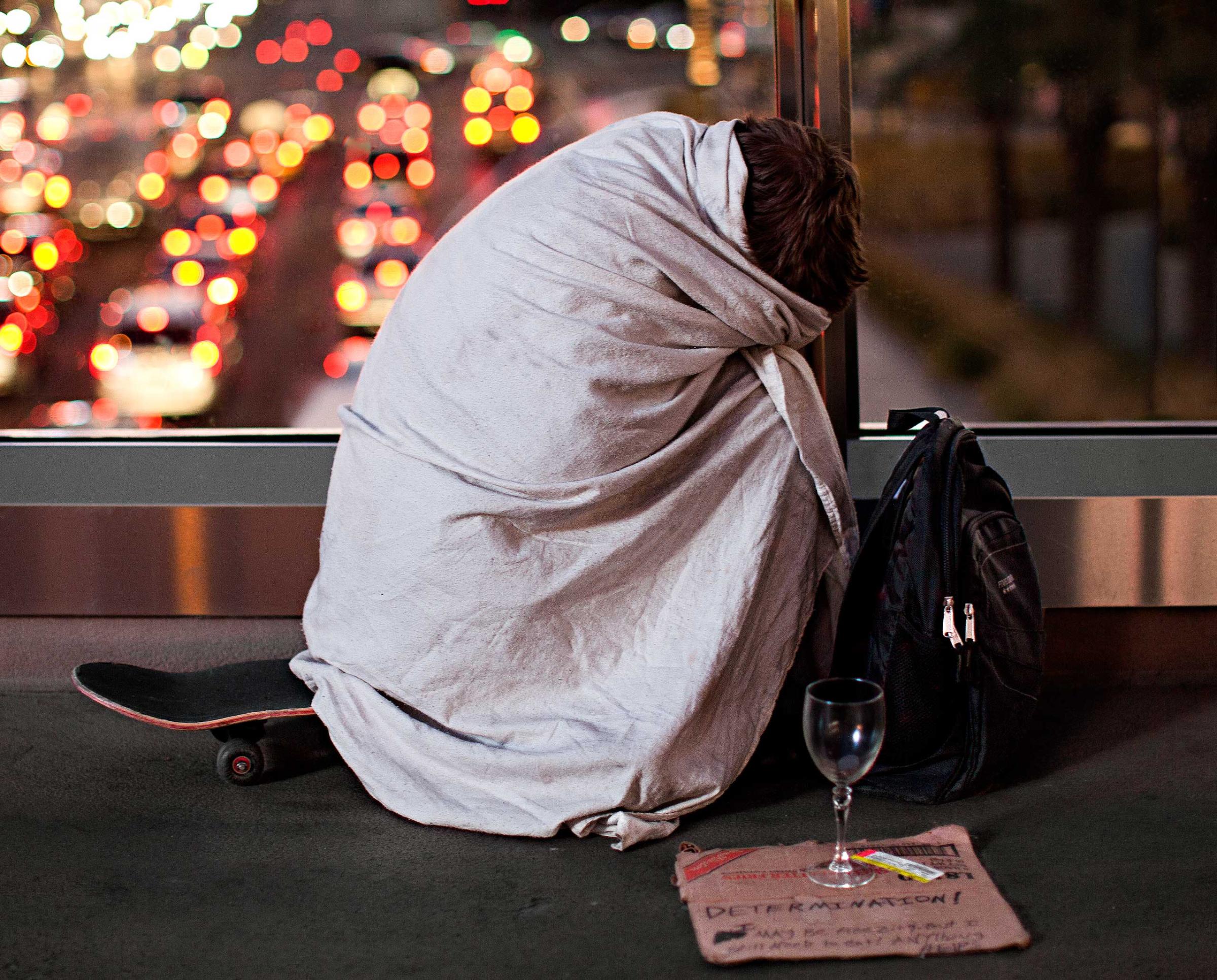
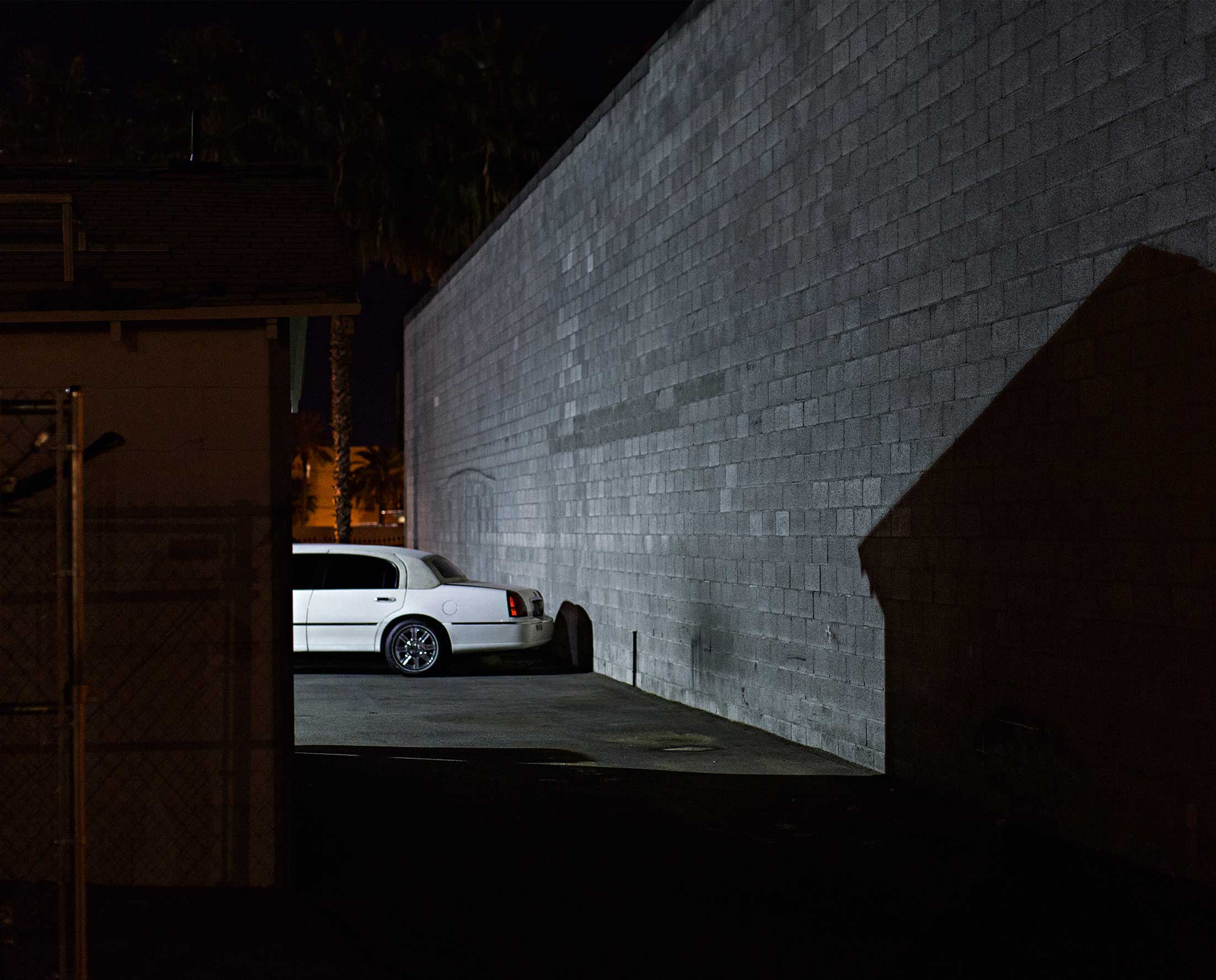
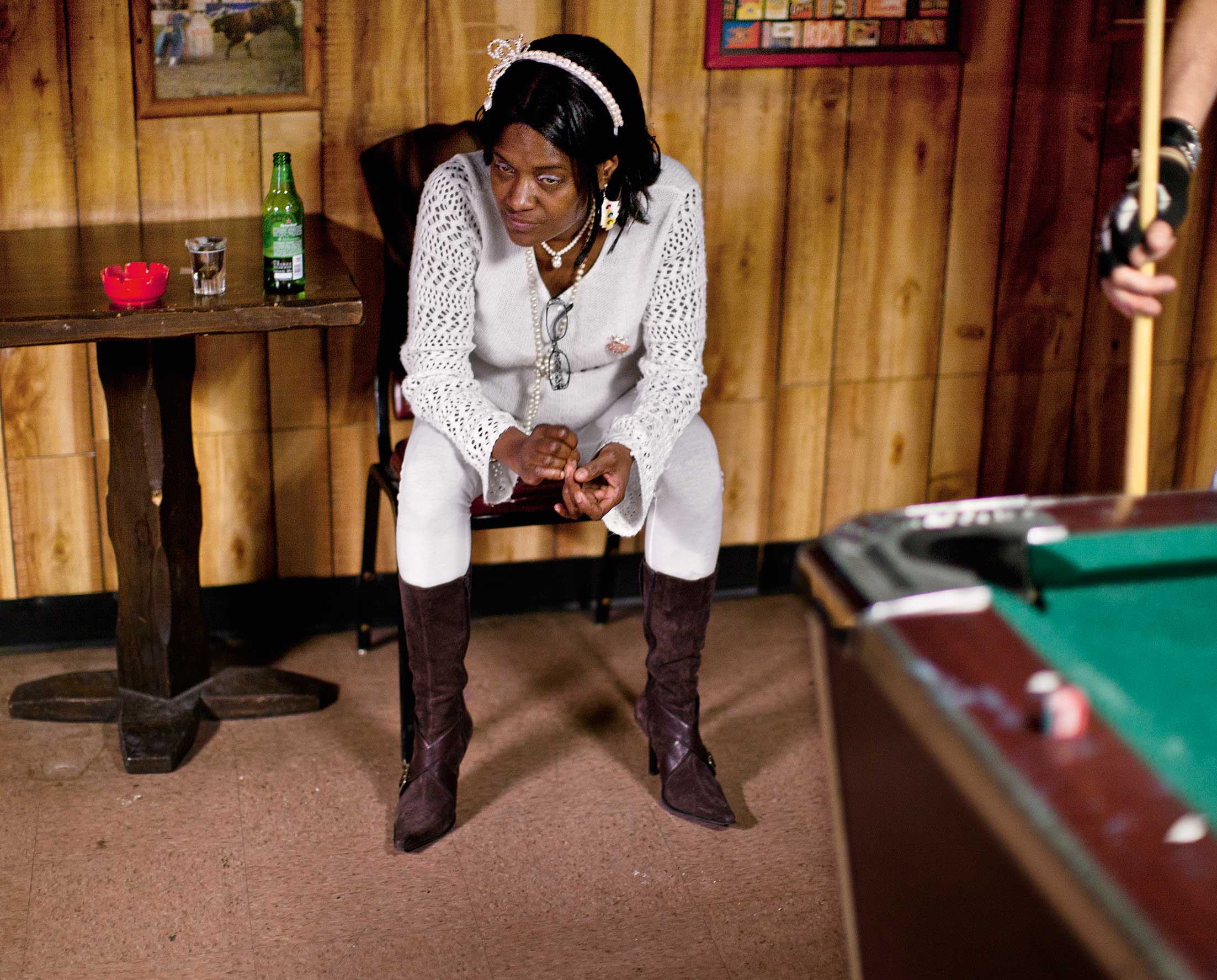
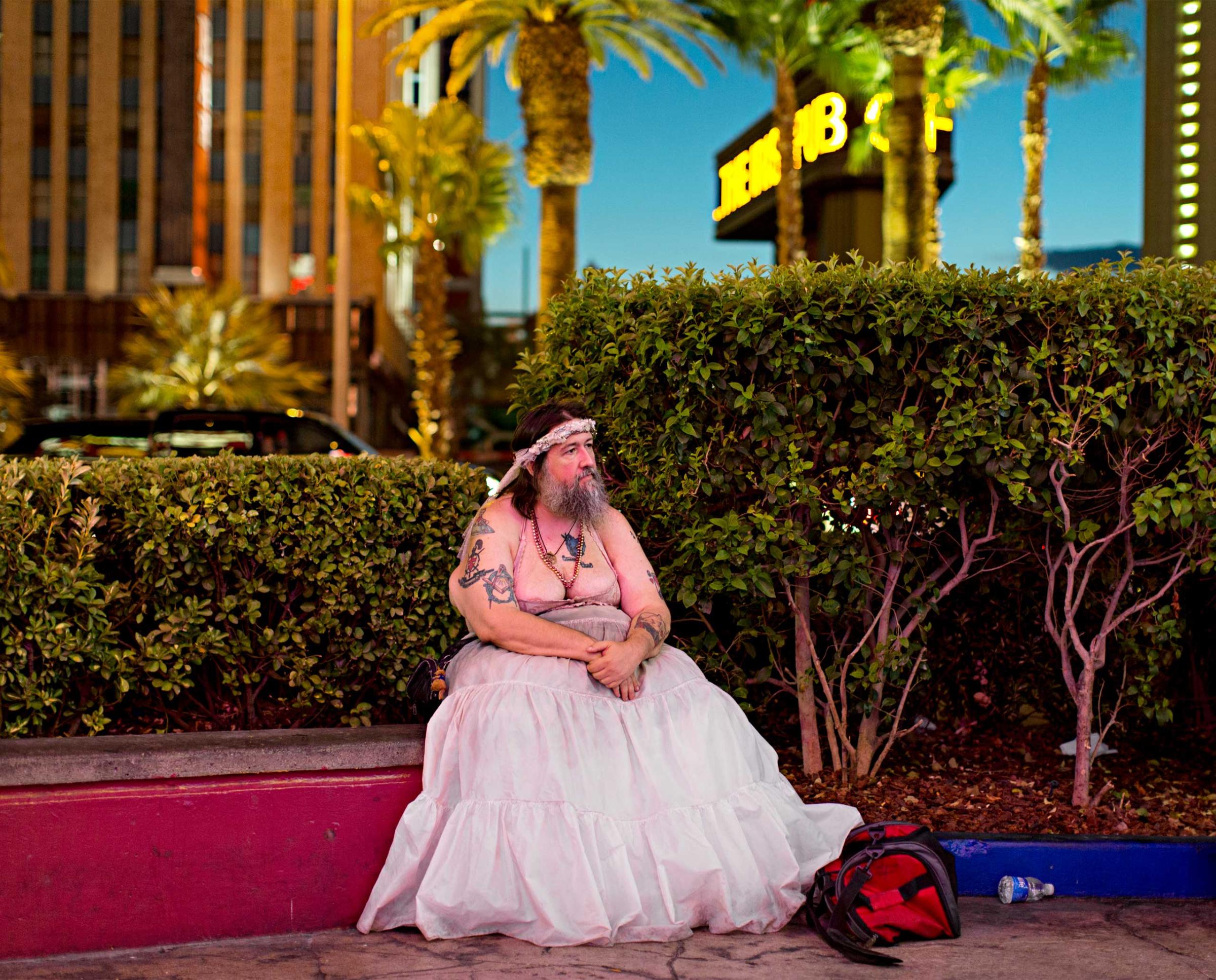
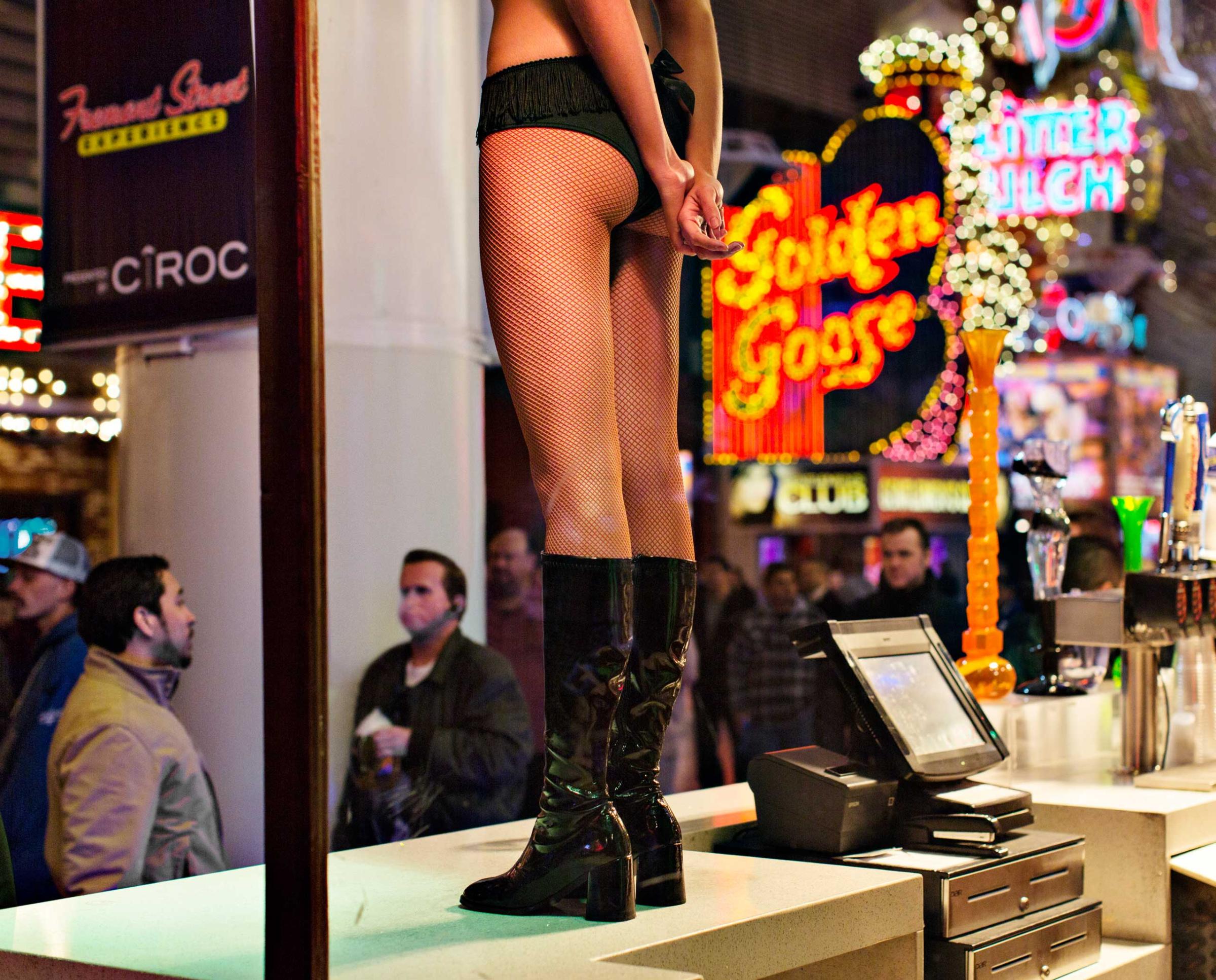
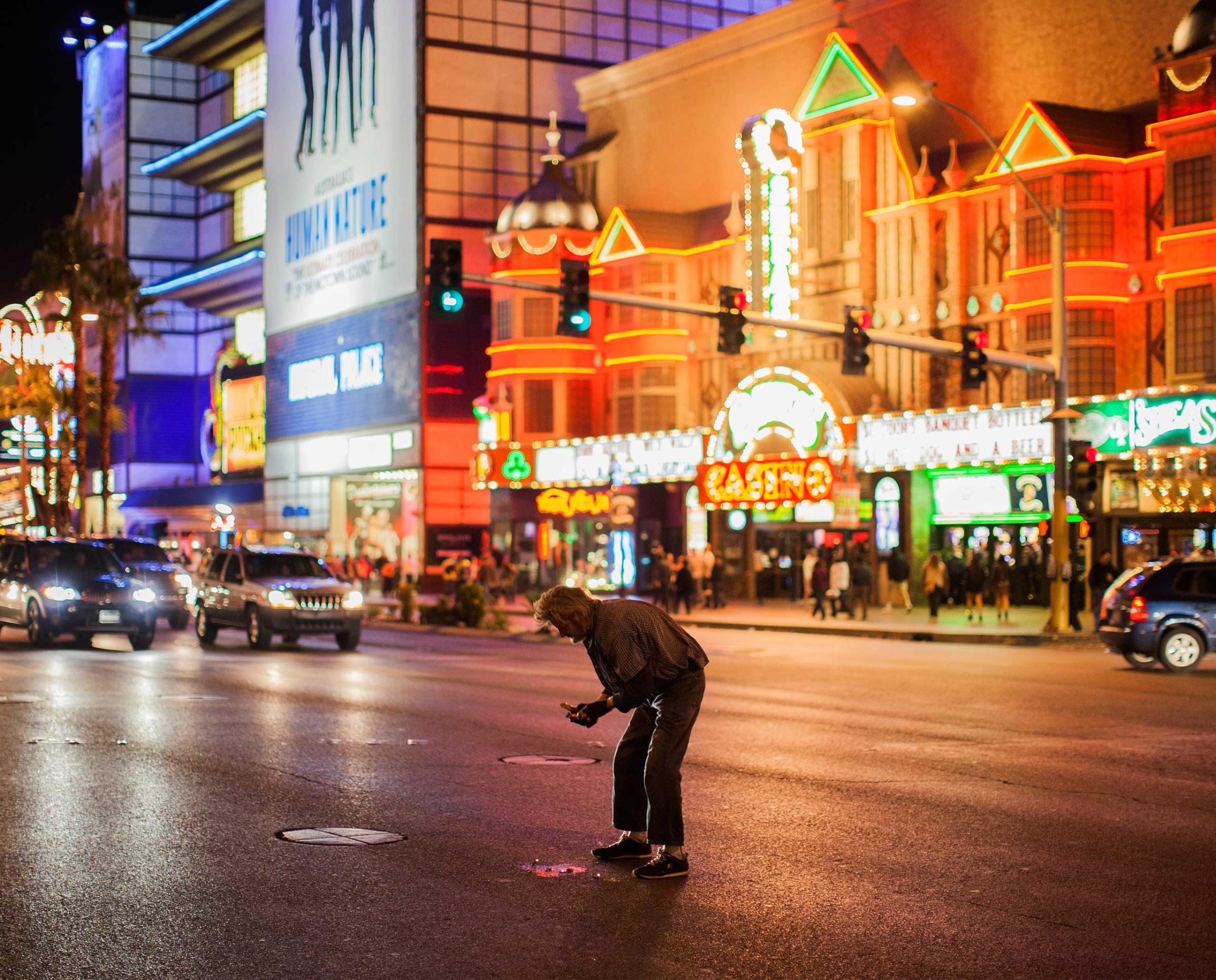
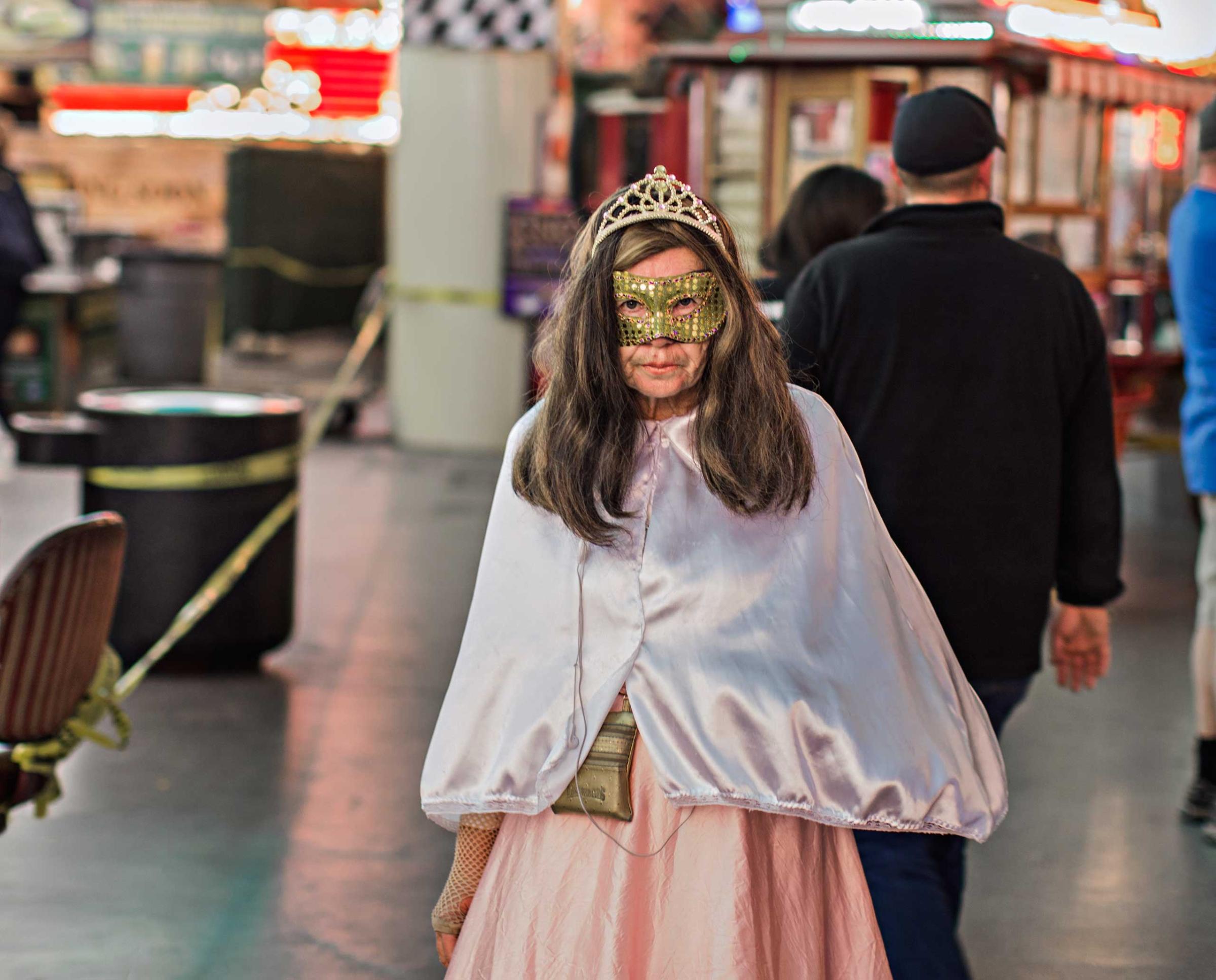
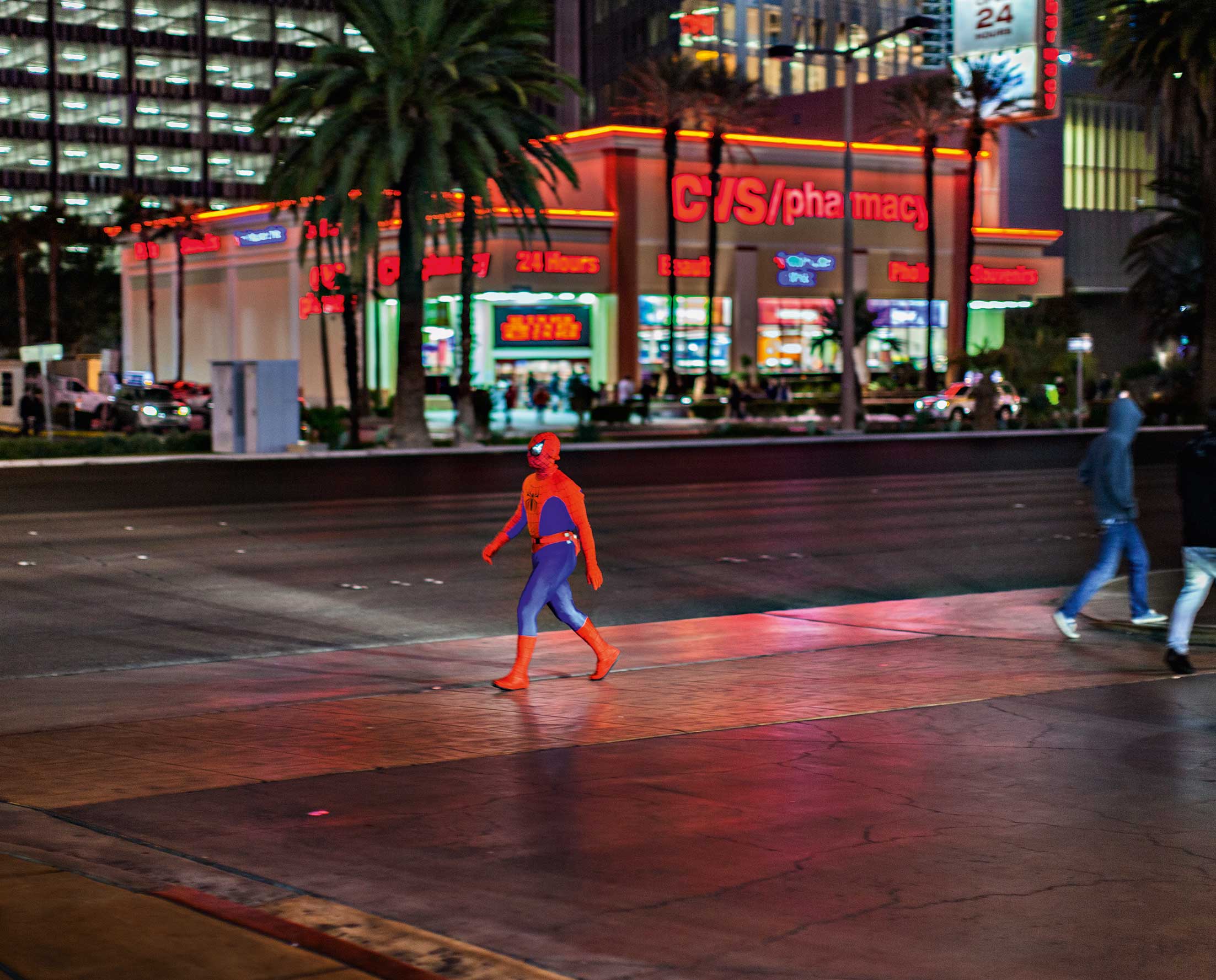
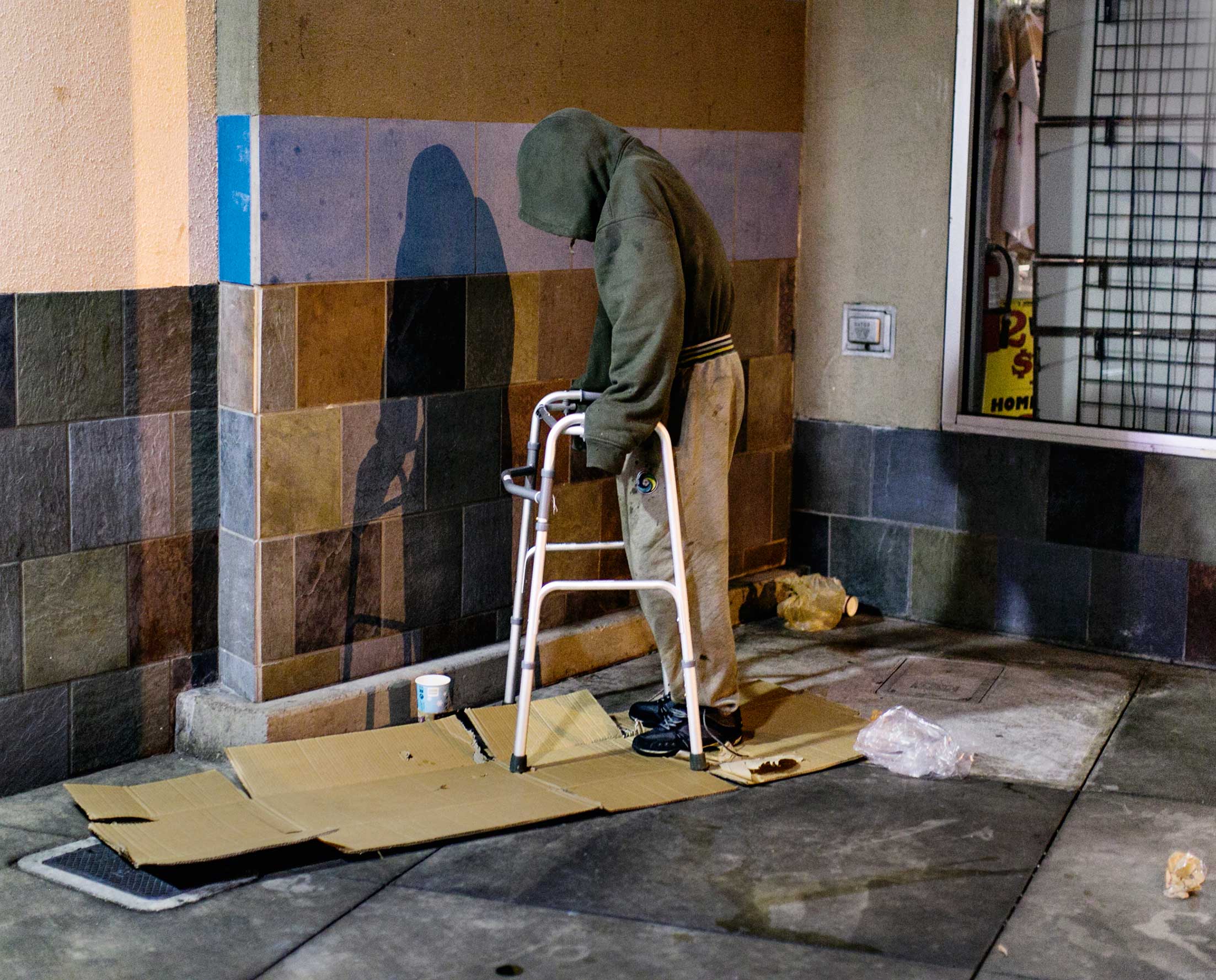
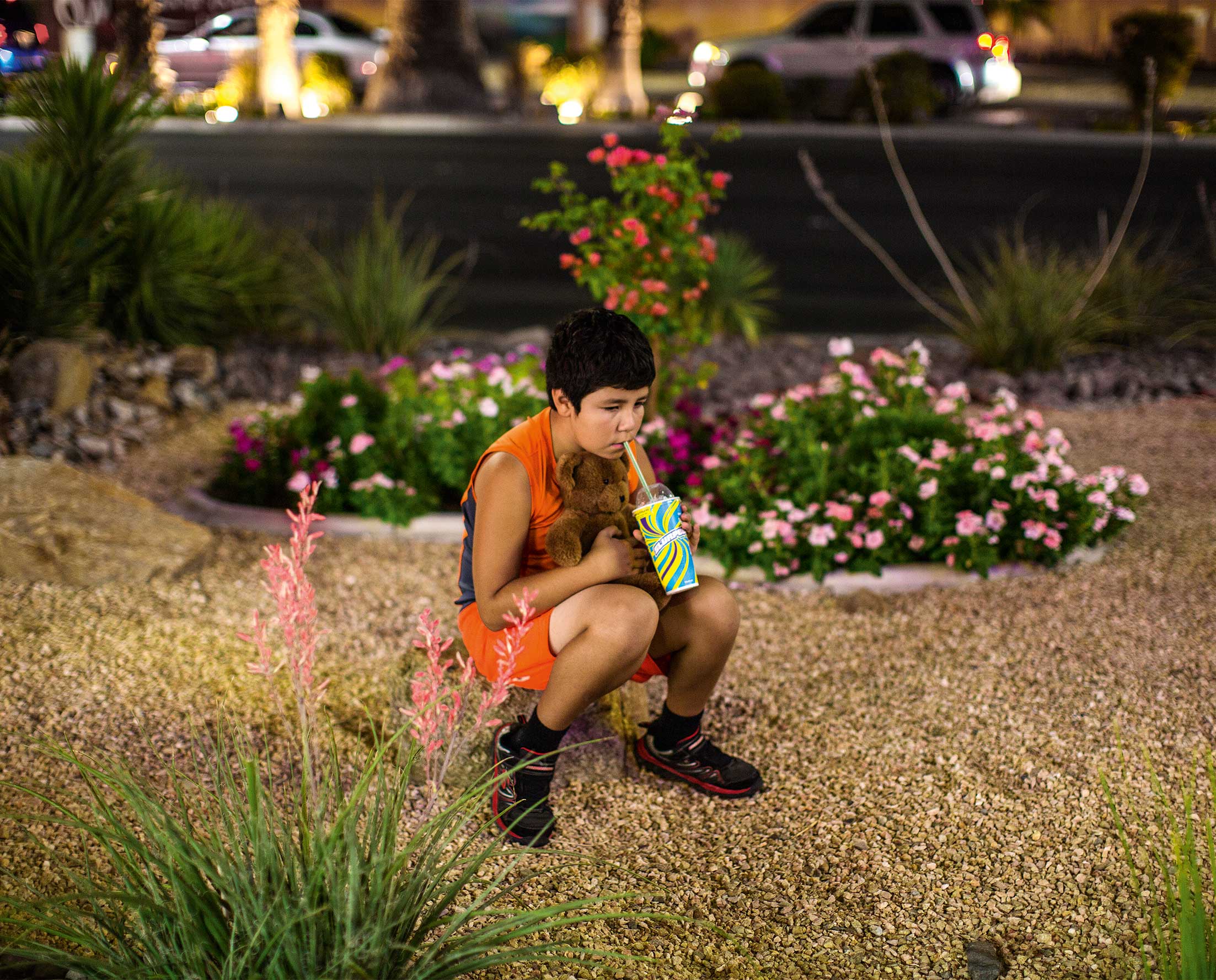
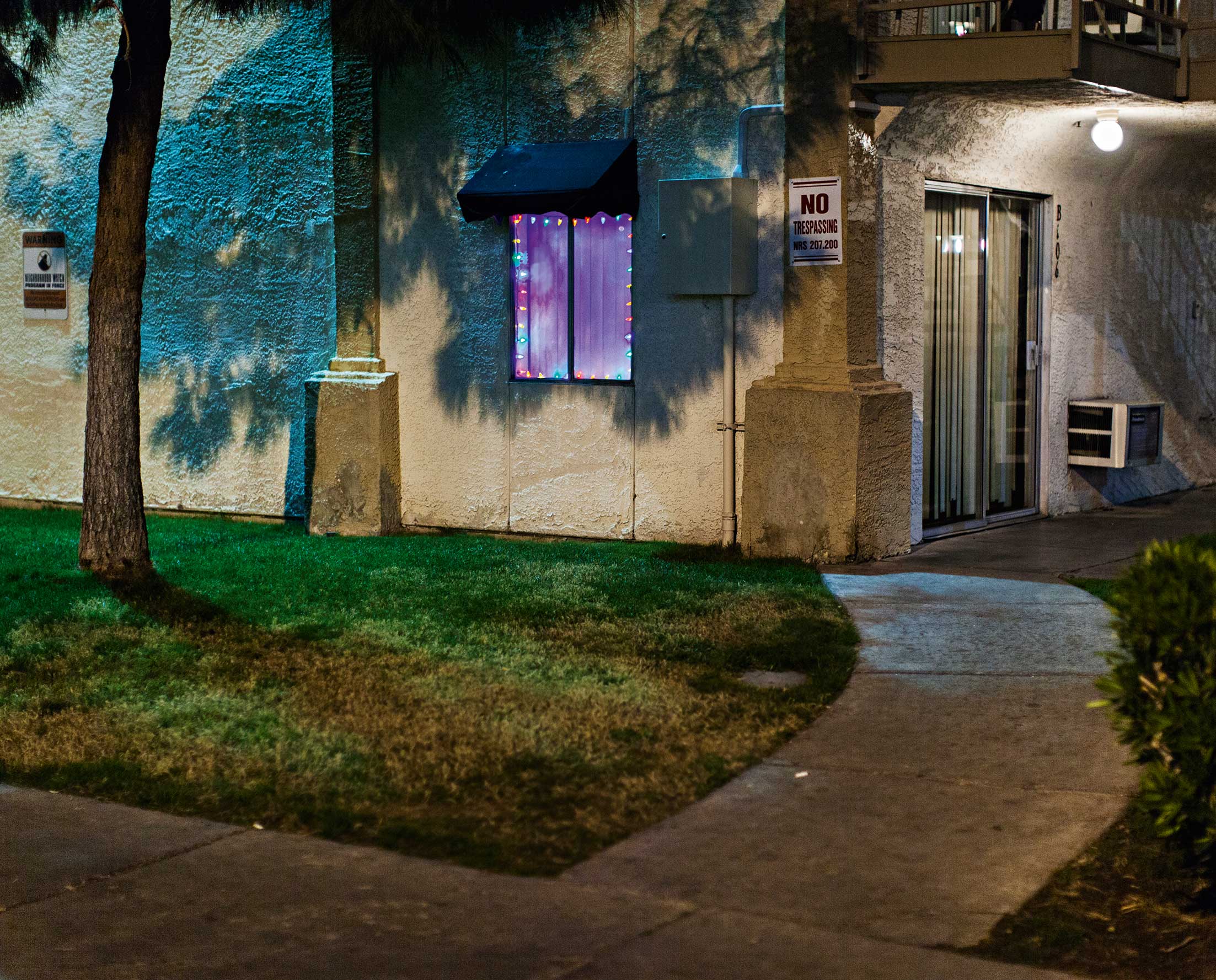
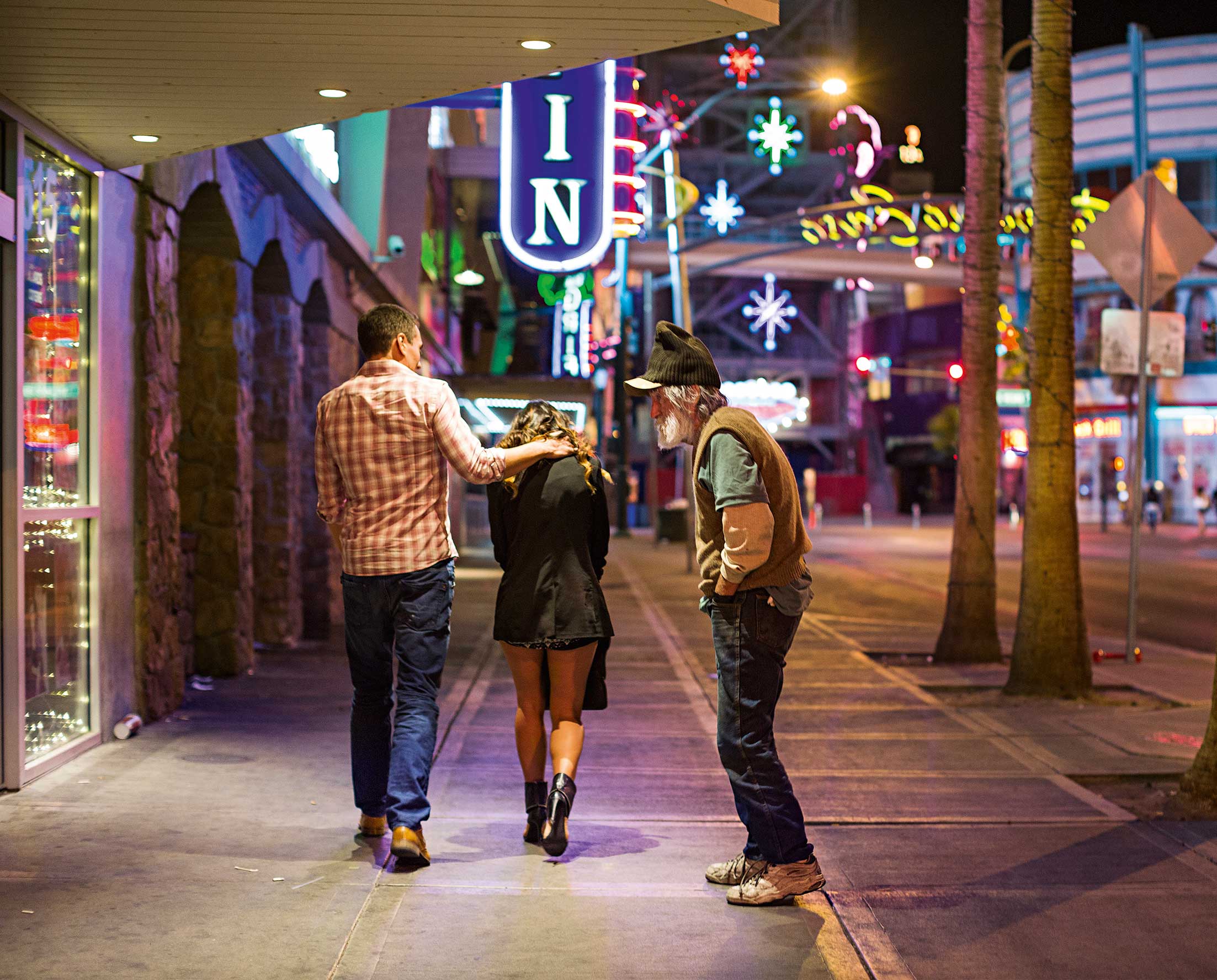
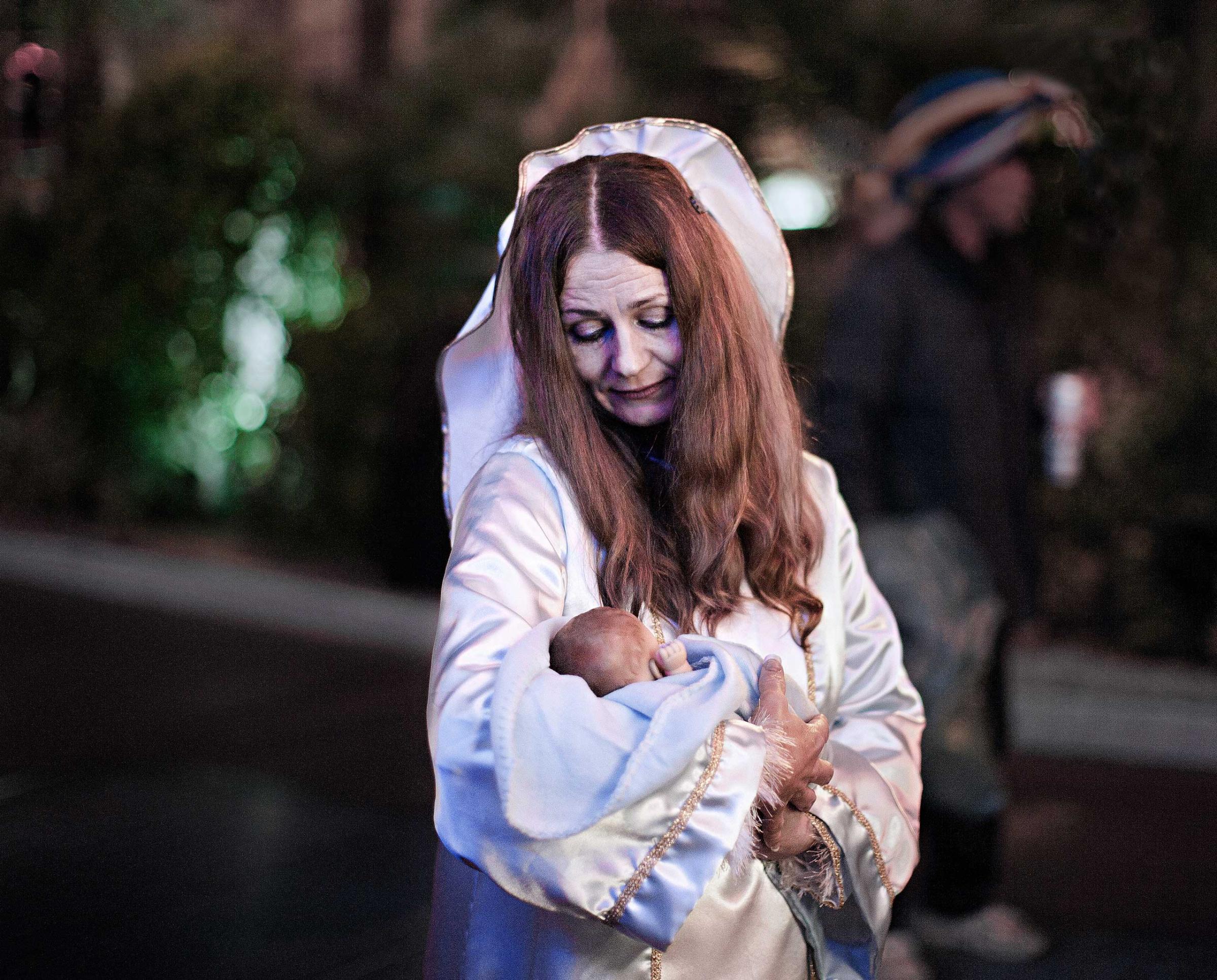
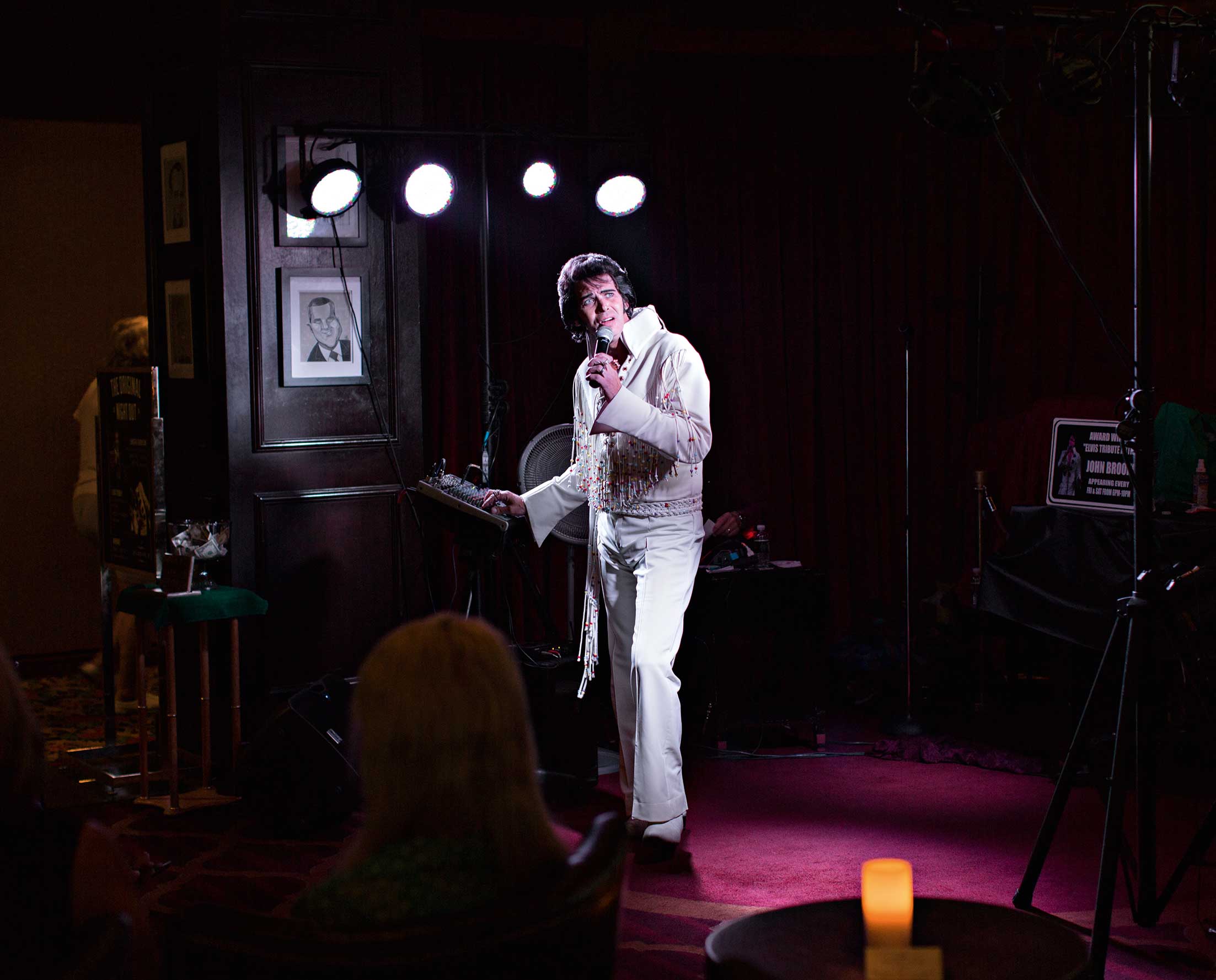
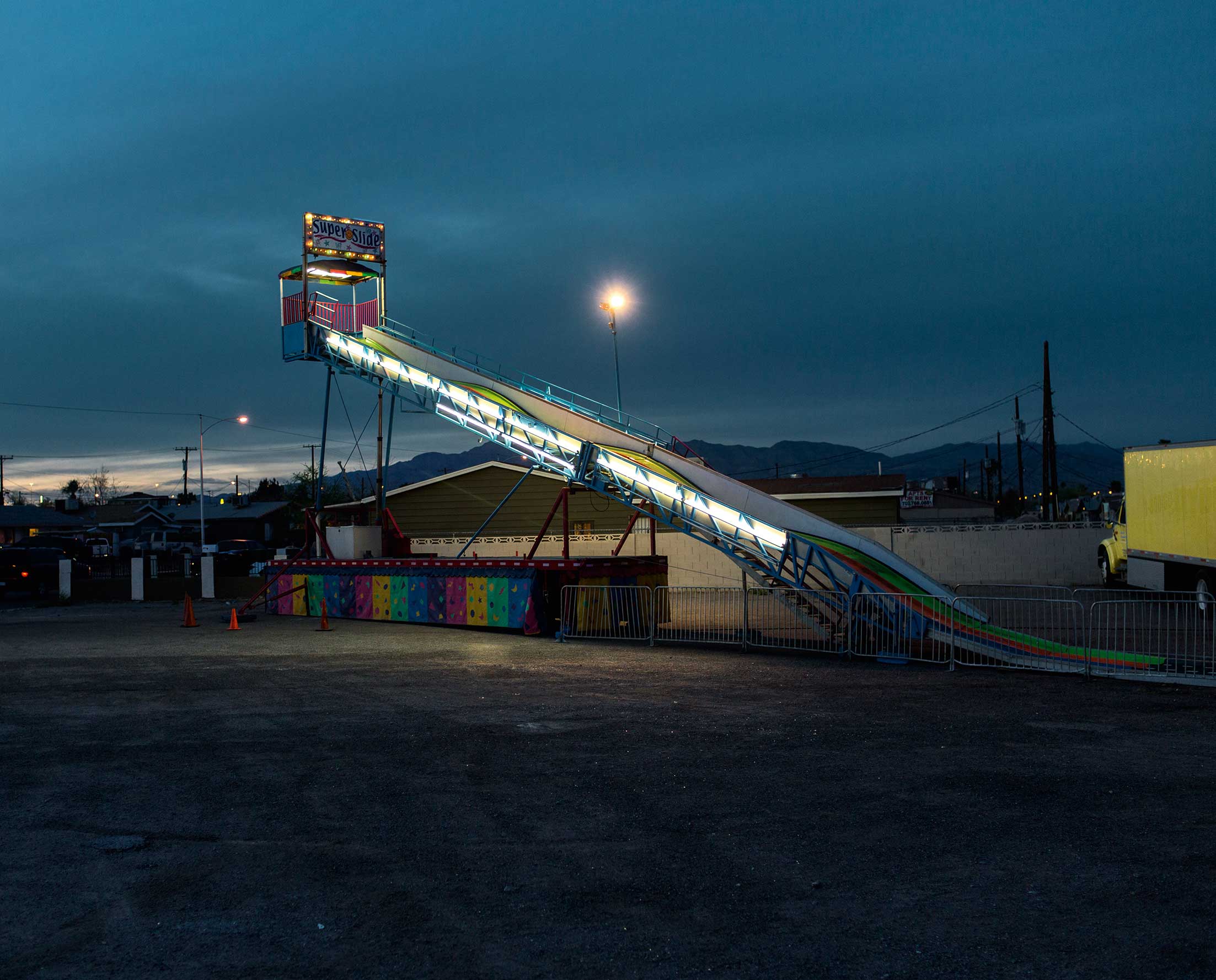
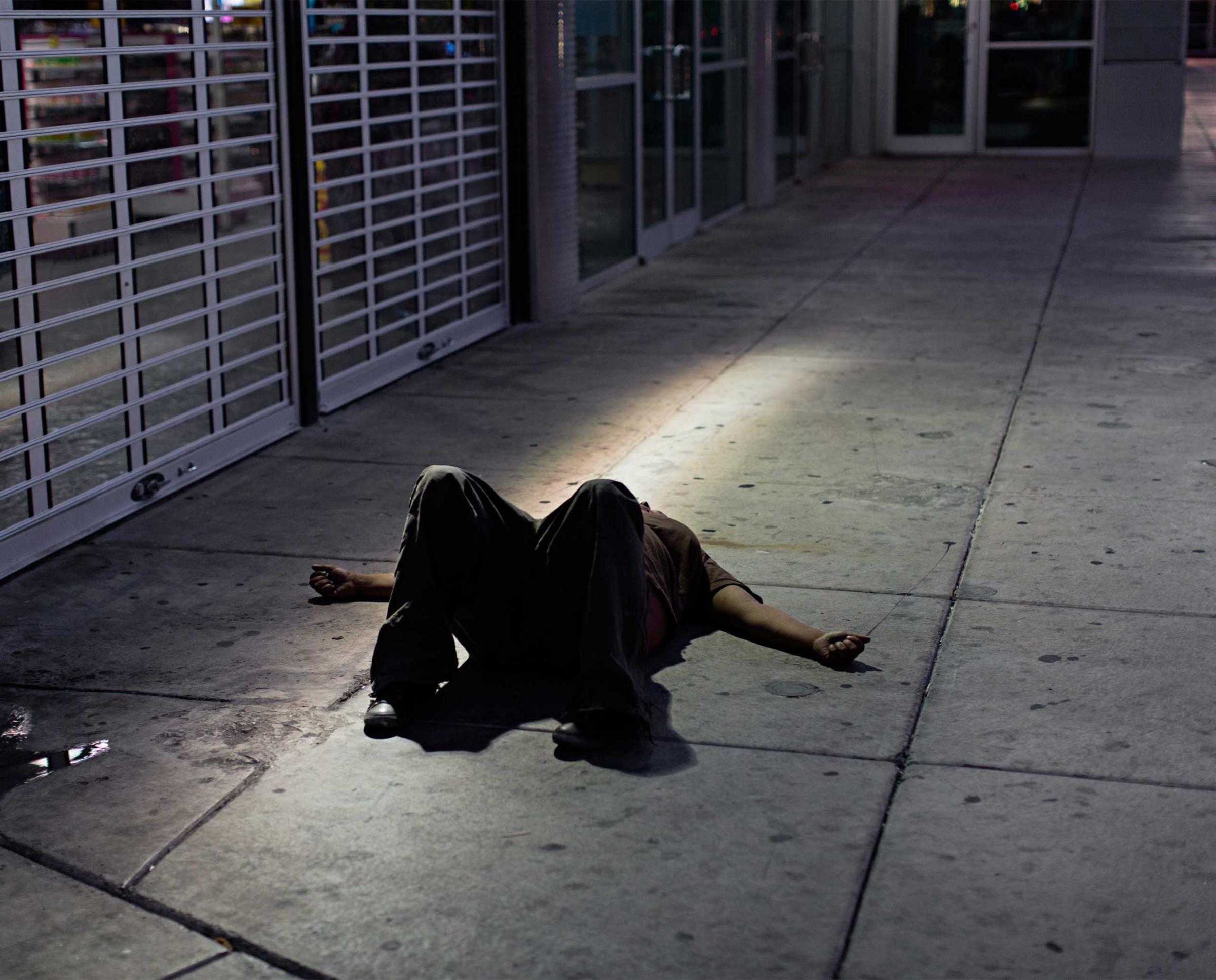

More Must-Reads From TIME
- The 100 Most Influential People of 2024
- Coco Gauff Is Playing for Herself Now
- Scenes From Pro-Palestinian Encampments Across U.S. Universities
- 6 Compliments That Land Every Time
- If You're Dating Right Now , You're Brave: Column
- The AI That Could Heal a Divided Internet
- Fallout Is a Brilliant Model for the Future of Video Game Adaptations
- Want Weekly Recs on What to Watch, Read, and More? Sign Up for Worth Your Time
Contact us at letters@time.com